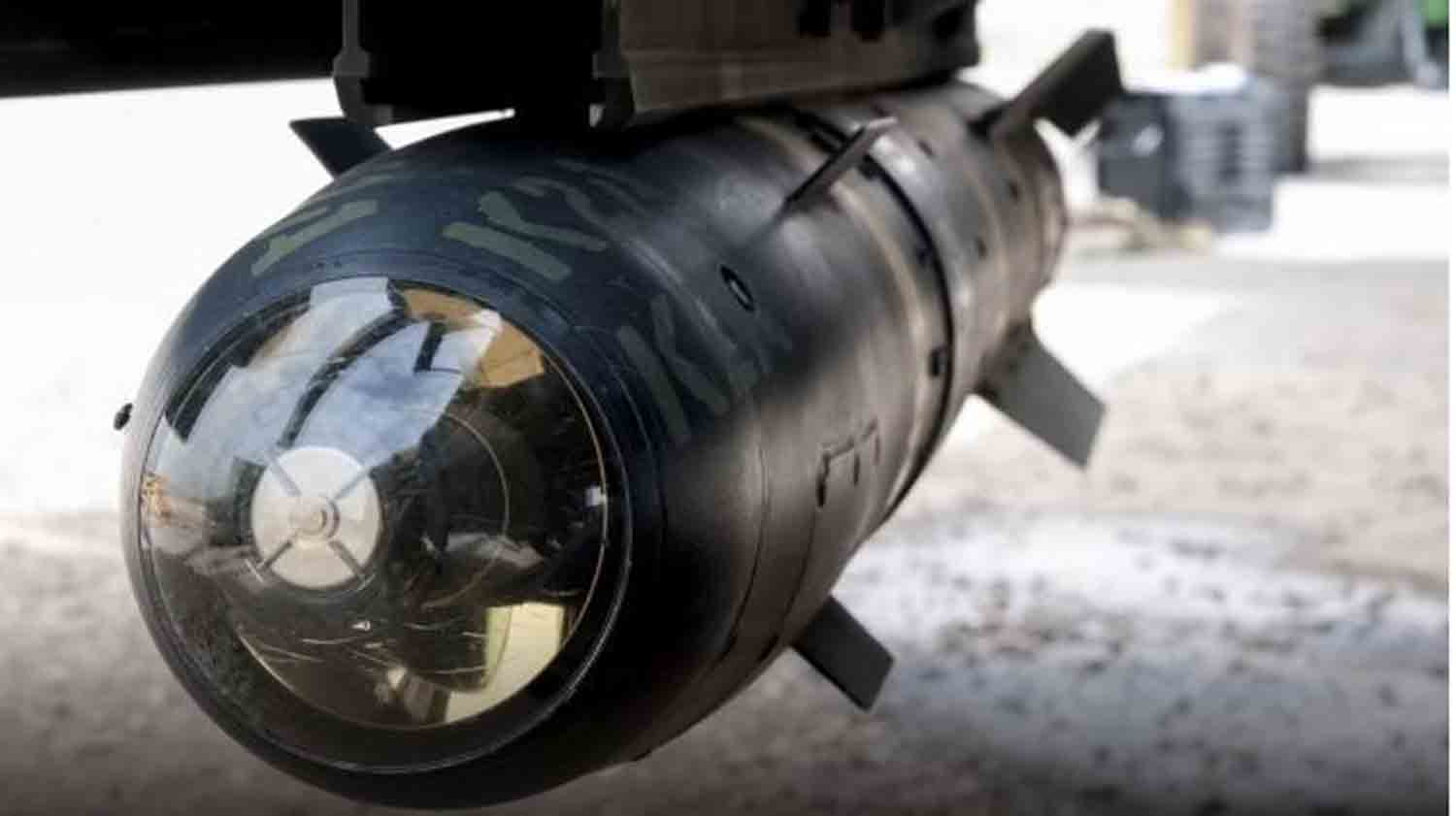In light of growing apprehensions regarding Chinese missile threats to its air bases in the Western Pacific, the US Air Force has recently conducted a test designed to enhance the survivability and combat effectiveness of its F-35 fighter jets while they are on the ground.
The 59th Test and Evaluation Squadron of the USAF executed rapid aircraft regeneration and operational procedures for the F-35 Lightning II at Nellis Air Force Base in Nevada.
During this test, maintenance teams refueled the F-35 and equipped it with munitions without shutting down the engine, a method referred to as a hot integrated combat turn (ICT). The Air Force emphasized that this swift turnaround is vital for maintaining battlefield survivability.
The test included refueling the F-35A and arming it with four AIM-120 advanced medium-range air-to-air missiles while the engine remained running.
While similar procedures have been utilized with older military aircraft, adapting them for the F-35 necessitated thorough planning, risk evaluation, and a strong emphasis on safety.
Typically, pilots turn off an aircraft’s engines during maintenance, a process that can take around three hours, which leaves the aircraft exposed on the ground. By implementing ICT, the Air Force can reduce turnaround time by over 50% and enhance operational efficiency.
The event involved collaboration among various units, with the ICT test drawing on the expertise of active duty, Guard, and Reserve components.
The 59th Test and Evaluation Squadron (TES) collaborated with the Air National Guard, AATC, the 422nd Test and Evaluation Squadron, and the 57th Wing to create and execute the necessary procedures.
Furthermore, the team integrated feedback from Marine Corps units and the Vermont Air National Guard, which had experience with similar operations, to enhance both effectiveness and safety.
The Air Force considers this initiative vital for equipping crews to manage real-world combat scenarios proficiently.
Master Sgt. Oliver Gutierrez, the operational test and evaluation superintendent for the F-15 and F-16 Fighting Falcon at the 59th TES, emphasized the goal of establishing standardized procedures to ensure that maintainers are well-prepared and confident in executing them during combat.
“This will save lives and significantly enhance the lethality of our aircraft,” Gutierrez remarked.
Chinese Missile Threats Endanger USAF Bases
For many years, the US Air Force has been instrumental in deterring potential adversaries by maintaining the capability to respond quickly and effectively to acts of aggression. However, this capability is increasingly jeopardized.
Over the last three decades, China has built a vast and advanced missile arsenal aimed at targeting the runways critical for deploying American air power in the Indo-Pacific region. This escalating missile threat has raised significant concerns regarding the ability of US forces to maintain operations in a conflict situation.
Numerous reports from prominent think tanks have indicated that the People’s Liberation Army (PLA) now possesses the missile capability to incapacitate a considerable number of US military aircraft while they are stationed at air bases.
US lawmakers issued a concerning warning last year, indicating that in the event of a conflict with China, up to 90% of American aircraft losses could occur on the ground rather than during aerial confrontations.
A recent report from the Hudson Institute highlighted this vulnerability, suggesting that China could significantly impair US airpower in the Indo-Pacific with far fewer missile strikes than would be required for the US and its allies to achieve a similar impact on China’s air forces.
This situation is exacerbated by Beijing’s rapid enhancement of its airbases and the diversification of its combat aircraft fleet in the region, which shifts the strategic advantage in its favor. In contrast, US airfields are particularly susceptible to missile attacks, especially in the context of a potential conflict over Taiwan.
In response, the US Air Force is actively seeking methods to improve aircraft survivability, including the distribution of aircraft across various locations and the use of unconventional runways as part of its Agile Combat Employment (ACE) strategy.
A crucial aspect of this initiative is the adoption of Integrated Combat Turns (ICTs), a method aimed at quickly rearming and refueling aircraft, enabling them to be combat-ready in minutes instead of hours.
The US Air Force has been conducting numerous ICT tests and training exercises throughout the Indo-Pacific, incorporating insights gained from various units, including active duty, Guard, and Reserve components.
Despite ongoing challenges, including the need for adequate logistical support and the training of personnel for high-intensity ICT operations, the US Air Force considers this capability essential for preserving air superiority in any conflict.
Discover more from Defence Talks | Defense News Hub, Military Updates, Security Insights
Subscribe to get the latest posts sent to your email.




